About Amersfoort
Every year more than 1 million people visit the city of Amersfoort. They come mainly for the beautiful city center with its rich history, unique stores and vibrant hospitality.
Amersfoort is not only one of the oldest cities in the Netherlands (city rights since 1259) but also one of the fastest growing cities: it now has more than 160,000 inhabitants, placing it firmly in the Top-15 largest municipalities in the Netherlands.
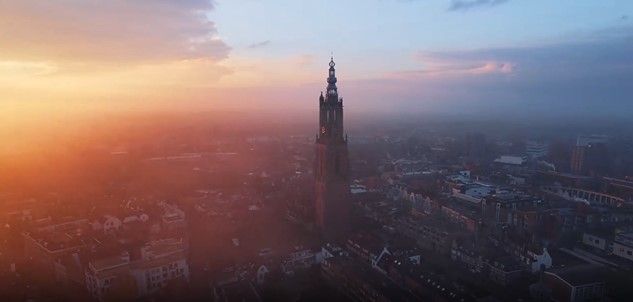
How did Amersfoort originate?
Amersfoort owes its name to the river along which it originated: the Eem (formerly: Amer). As a ford (foorde) on the Eem, it quickly became a regional trading center at the beginning of the Middle Ages.
The Miracle of Amersfoort
In 1444, something extraordinary happened. A statue of Mary was found in the canals of Amersfoort that seemed to cause all kinds of miracles. In no time this statue was world famous and pilgrims came from far and wide to have their prayers fulfilled. Amersfoort was a tourist attraction even then!
From the donations of the pilgrims, the Church of Our Lady was built. The tower is still the tallest building in Amersfoort and visible from all angles. Did you know that you can also climb the tower? You will then have the best view of the city and region. In good weather, you can even see Utrecht or Amsterdam in the distance!
Muurhuizen and Koppelpoort
The city grew rapidly during this period. In 1259 Amersfoort was granted city rights which allowed a city wall to be built. However, Amersfoort grew so fast that expansion was needed and it was decided to build a second city wall which allowed the city to double in area.
The first, inner, city wall was torn down and from the precious stones stately houses were built on the same spot. This circular street is very appropriately called 'Muurhuizen' and is one of the most beautiful, most photogenic streets in the Netherlands. Absolutely worth a visit.
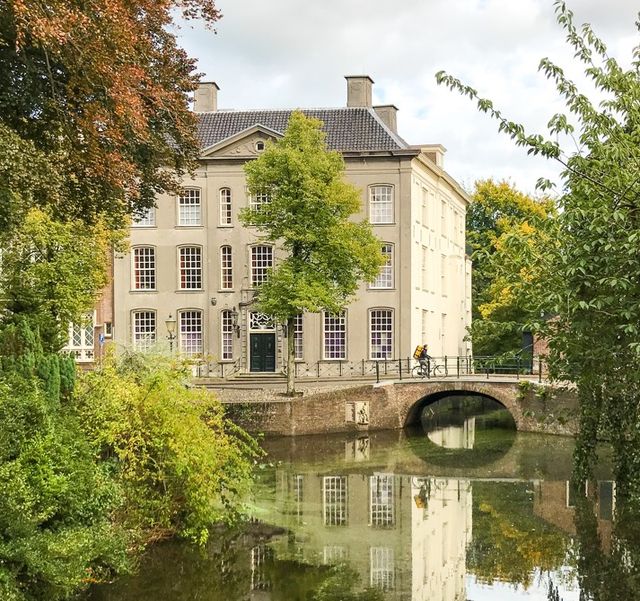
From this period also dates the world-famous Koppelpoort: the only combined land and water gate that still exists in the Netherlands. Hundreds of thousands of NS travelers marvel at this picture every month. You can also visit the Koppelpoort with a guide. You can then spin the wheel. This used to be done by prisoners as a kind of community service. Fun fact: this is where the term "wheel turner" comes from!
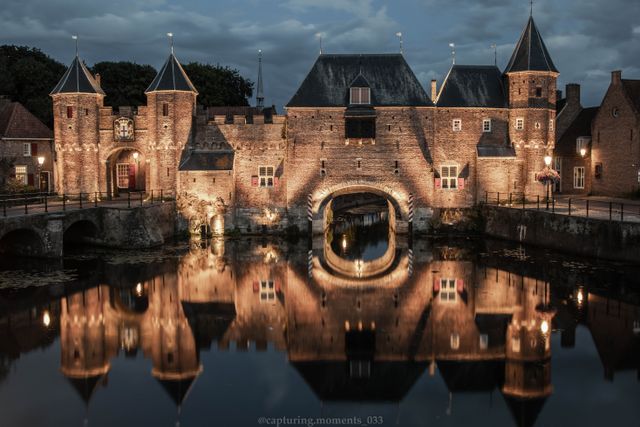
Trade and prosperity
In the late Middle Ages, Amersfoort was a real trading town. The brooks and rivers from the Veluwe and Utrecht Heuvelrug converged in Amersfoort to form the Eem River, which in turn flowed into the Zuiderzee (now the IJsselmeer) at Spakenburg. The only river that originates and flows into the Netherlands. You can rent a sloop and sail the Eem from Amersfoort to Spakenburg, or take the Eemlijn at your leisure. You can also take your bicycle on this!
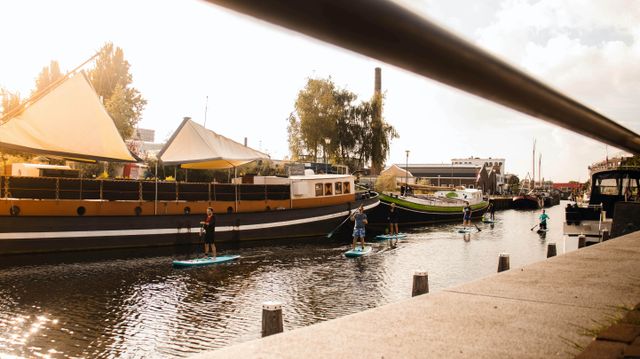
In those days clean water was rare and precious, but in Amersfoort it flowed daily into the city and canals. Not surprisingly, many breweries arose here. Amersfoort beer was famous and sought after far and wide. Now Amersfoort still has a number of breweries like De Drie Ringen and Rock City. In addition, the Amersfoorters earned their money with textile industry and tobacco growing, among other things. De Katoendrukkerij is to visit which is located in the historusche Koppelpoort . Staying overnight in an old tobacco growing building? That is possible at De Tabaksplant in the middle of the largest square, the Hof.
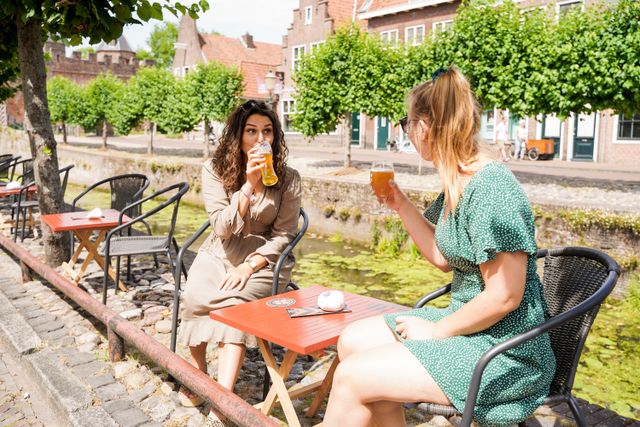
Maar ook op het gebied van kunst en politiek speelde Amersfoort een belangrijke rol. In een van de beroemde Muurhuizen is raadspensionaris Johan van Oldenbarneveldt geboren. Hij geldt als de grondlegger van de Republiek der Nederlanden en zijn invloed is tot op de dag van vandaag merkbaar op het gebied van politiek (vrijheid van Godsdienst, moderne grondwetten zoals die ook in Frankrijk en de Verenigde Staten ontstonden) en economie: Johan van Oldenbarneveldt stichtte de eerste multinational (de Verenigde Oost-Indische Compagnie of V.O.C) en de eerste moderne beurs waar aandelen en effecten werden verhandeld.
Garnizoensstad
In de negentiende eeuw was het afgelopen met tabaks- en textielindustrie in Amersfoort maar de stad vond nieuwe bronnen van inkomsten. Centraal gelegen in Nederland werd Amersfoort een belangrijk spoorwegknooppunt.
Naast het station en buiten de middeleeuwse stad kwam een grote werkplaats waar treinstellen werden gemaakt en onderhouden. Daarnaast was ruimte voor een nieuwe wijk waar honderden arbeiders en hun gezinnen konden wonen: het tegenwoordige Soesterkwartier. De Wagenwerkplaats die gelegen is naast het station is een modern omgebouwd gebied geworden voor bedrijven en horeca.
In die periode werd vanuit Amersfoort ook Nederland in kaart gebracht. Letterlijk: de Onze Lieve Vrouwetoren gold als het officiële middelpunt van Nederland voor alle kadastrale metingen.
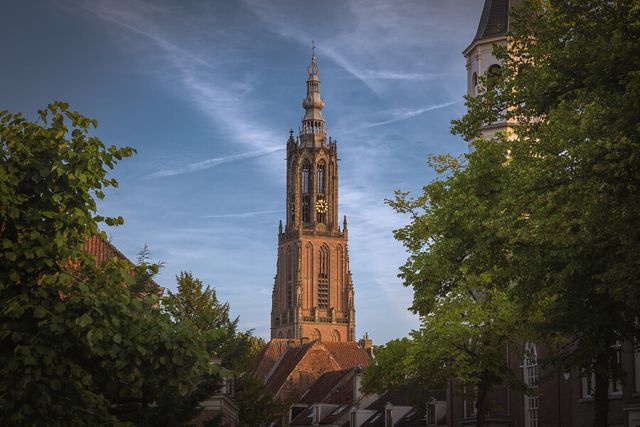
Central in the Netherlands with a good railroad connection and directly bordering forests, heathland, hills and polder, Amersfoort also proved to be very suitable for exercises of the Dutch army and soon Amersfoort was the most important garrison city with a lot of cavalry. [cavalry museum links]
During World War I, hundreds of thousands of refugees - mostly Belgian - came to the neutral Netherlands. In the garrison, barracks and tent camps, tens of thousands of refugees were received in Amersfoort at the same time. The Belgenmomument (the largest memorial in the Netherlands) built by these refugees is still a tangible reminder of this.
National Monument Kamp Amersfoort, which is located on the border of Leusden and Amersfoort, commemorates the approximately 47,000 prisoners during World War II. In this concentration camp a terrible regime of hunger, mistreatment, forced labor and executions prevailed.Today the Kamp Amersfoort is open to visitors.
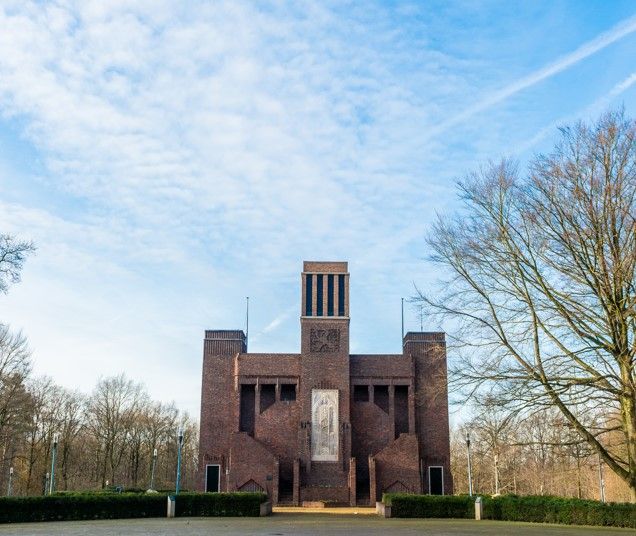
Amersfoort now and in the future
Today, Amersfoort is known as a "growth city. Since the 1980s, the city has expanded with several new residential districts, of which Kattenbroek in particular has become world famous for its unique, playful architecture.
It is a vibrant city where every week at least one event is organized. This is almost always done by the residents themselves: no city in the Netherlands has so many residents who volunteer for club life or their environment. Amersfoorters are also busy people: many residents combine a job with caring for their family (or informal care).
They are also very active in their leisure time: Amersfoorters play the most sports of all Dutch people! Even nowadays one can speak of The Miracle of Amersfoort: the city is in first place of the socio-economic index of the Atlas for Municipalities thanks to a high labor participation, low (youth) unemployment and great social cohesion.

One of the oldest cities in the Netherlands, but with a very young population. A city not known for its university or education, but with a very well-educated workforce. Where more than a million tourists visit annually, but which by no means feels touristy: here the center is still bursting with independent entrepreneurs, unique shopping concepts and hospitable restaurants. Experience it for yourself!
